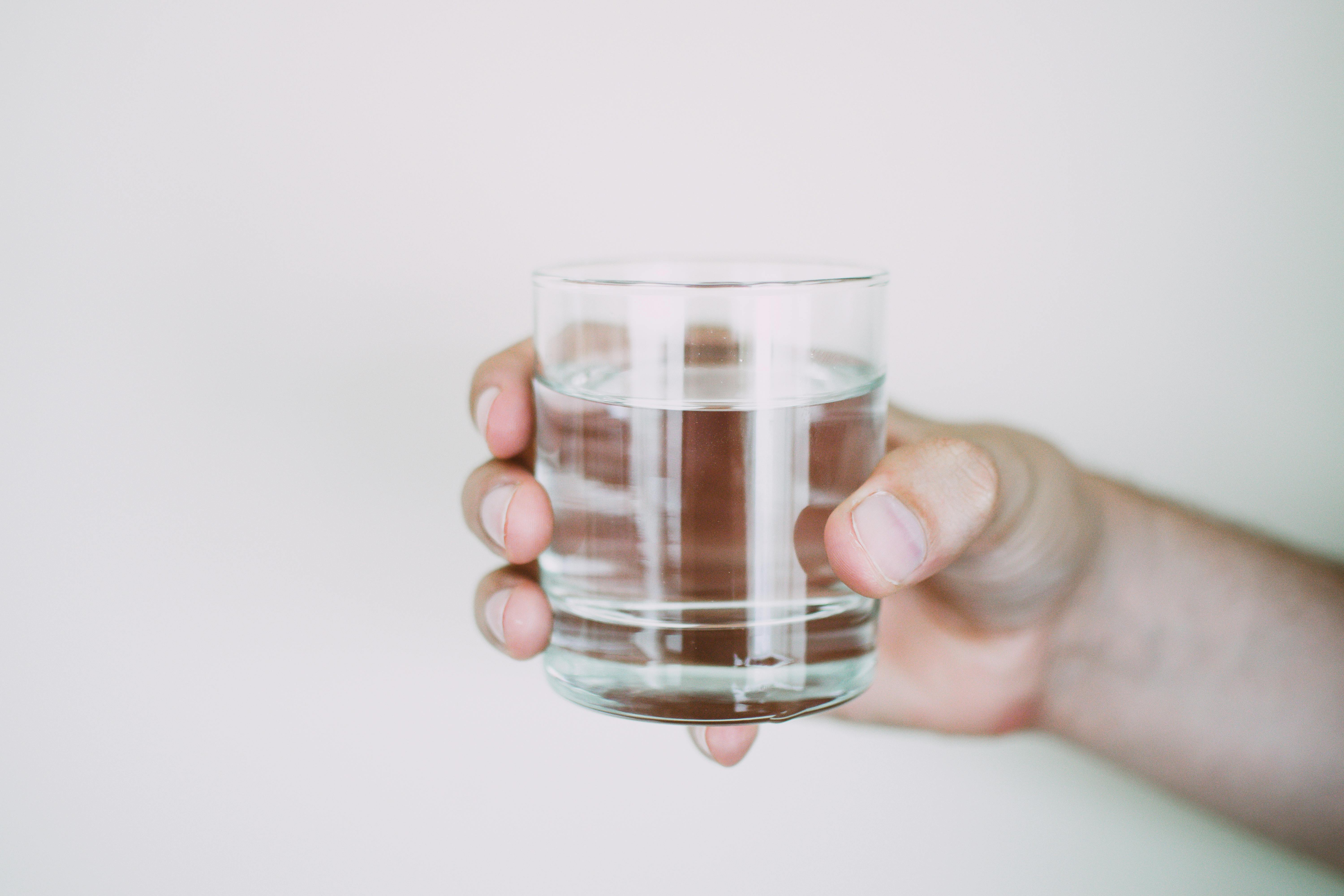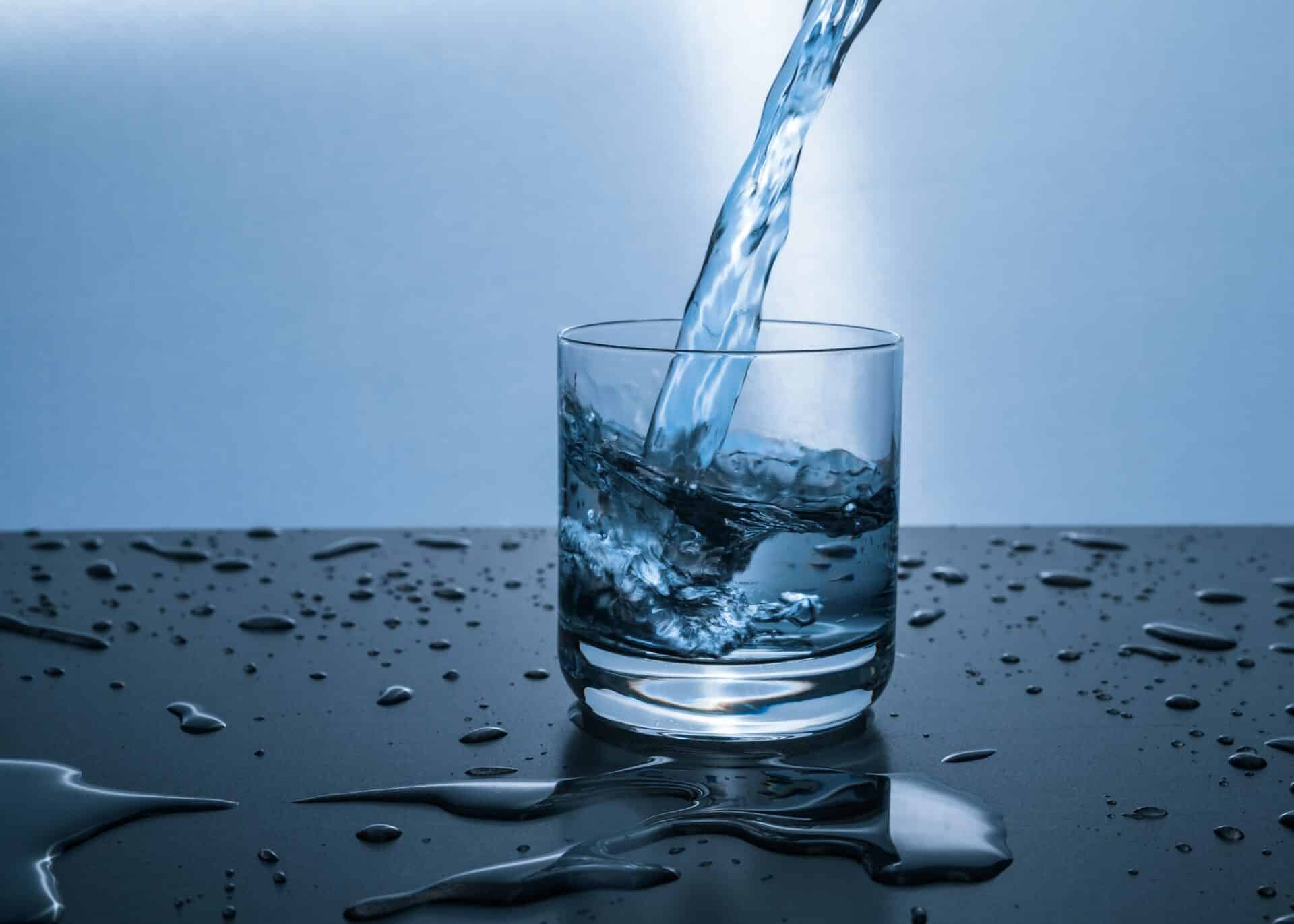When it comes to making the healthiest choice for drinking water, the debate between distilled and purified water is a common one. Distilled water and purified water are both considered to be safe for drinking, but there are some key differences between the two that could affect your decision of which one is better to drink. In this article, we will explore the differences between distilled and purified water, as well as their respective health benefits.Distilled water is water that has been boiled and then condensed back into a liquid. It is free of impurities and minerals, making it safe to drink. Distillation removes any minerals, salts, or chemicals that may be present in the water. Distilled water is often used in laboratories and for other applications where it is important to have pure water.
What is Purified Water?
Purified water is water that has been processed to remove impurities, such as chemicals and suspended solids. It is most commonly produced by distillation, reverse osmosis, deionization, or other forms of filtration. Purified water has many uses, including drinking, laboratory use, food preparation, and medical purposes. It is also a vital component of the pharmaceutical industry and of other industries where safe and pure water is required.
Purified water can be produced from any source of water that meets safety standards for human consumption. This includes tap water that has been filtered or treated to reduce contaminants such as bacteria and viruses. In some cases, purified water may also be subjected to additional treatments such as ozonation or ultraviolet light to further reduce the presence of contaminants.
The process used to purify the water will depend on the source of the water and its intended use. For example, distilled water is often used for laboratory applications because it is free from most contaminants with no additional treatment required. Reverse osmosis may be used in medical settings due to its ability to remove a wide range of contaminants without adding any
Differences Between Distilled and Purified Water
Distilled and purified water are both useful for a variety of applications. While the two types of water may look similar, they are actually quite different. Distilled water is created by boiling water and collecting the steam, while purified water is processed through a variety of methods to remove impurities. Here are some key differences between distilled and purified water.
Distilled water is made by boiling regular tap water, which evaporates, leaving behind any impurities in the water. The steam that is created is then collected and condensed back into its liquid form to make distilled water. This method of purifying water removes any minerals, ions, or other impurities that may be present in the original tap water.
Purified water, on the other hand, is processed through a variety of methods to remove impurities from the original source. Common methods used to purify drinking water include filtration, reverse osmosis, distillation, and deionization. These processes are designed to remove harmful chemicals like chlorine and lead as well as bacteria and other microorganisms that may be
Benefits of Drinking Distilled Water
Drinking distilled water has many health benefits. It is free of minerals, contaminants, and other impurities that can be found in tap water. Distilled water is also an excellent source of hydration for the body, which is why many people choose to drink it on a regular basis. Additionally, distilled water has been shown to help improve digestion and reduce the risk of certain health conditions. In this article, we will explore some of the key benefits that drinking distilled water can provide.
One of the main benefits of drinking distilled water is its purification qualities. Without any minerals or other impurities present in the water, it can help to remove toxins from the body more effectively than tap or filtered water. This can help to improve overall health and reduce the risk of developing certain diseases or conditions like kidney stones or urinary tract infections. Additionally, because it does not contain any minerals or other contaminants, it can also help to prevent tooth decay and cavities.
Another benefit of drinking distilled water is its lack of sodium content. Many bottled and tap waters contain high levels of sodium which can contribute
Benefits of Drinking Purified Water
Drinking purified water is essential for our health and wellbeing. It helps to remove toxins from the body, improves digestion, and boosts the immune system. Purified water also helps to prevent dehydration and can help reduce the risk of certain health conditions. There are many other benefits to drinking purified water, such as:
Improves Hydration
One of the most important benefits of drinking purified water is that it helps to keep us hydrated. When we drink enough fluids, our bodies are able to function properly. This is especially important for athletes and those who work out regularly as they need to replace fluids lost through sweat. Drinking purified water can also help with dry skin, as it helps to replenish moisture.
Decreases Toxins
Purified water has been treated to remove any harmful contaminants or impurities that may be present in tap water. This includes lead, chlorine, and other heavy metals which can have a negative effect on our health if consumed in large quantities. By drinking purified water

Distilled or Purified Water: Which is Healthier?
When it comes to staying hydrated, many people have heard that drinking eight glasses of water a day can help. But it’s not just any type of water that does the trick. The quality of the water has an impact on its health benefits, which means it’s important to know the difference between distilled and purified water.
Distilled water is made by boiling liquid and then condensing the steam into a clean container. This method removes minerals and other contaminants from the water, making it pure. It can also be used for medical purposes, such as in dialysis machines, because of its purity.
Purified water is different from distilled in that it goes through a multi-step filtration process to remove impurities like chlorine, lead, and other chemicals. This process does not remove minerals like calcium and magnesium from the water, so it is still considered healthy to drink.
So which type of water is healthier? Both distilled and purified water offer distinct benefits for different needs. For those looking for a low-mineral content option with no contaminants, distilled may be
Distilled Water vs. Purified Water
Choosing between distilled and purified water can be a difficult decision for many people. There are a number of factors to consider when making this decision, such as cost, taste, and health benefits. Knowing the differences between these two types of water can help you make an informed decision that is right for you.
Cost
The cost of distilled water is typically higher than that of purified water. Distillation requires more energy and equipment than purification, resulting in higher production costs that are ultimately passed on to the consumer. Purified water is usually cheaper than distilled water due to its less complex production process.
Taste
The taste of distilled and purified water can vary significantly depending on the process used to produce them. Distilled water has a distinctively “flat” taste due to the fact that the distillation process removes all minerals from the water, including beneficial ones like magnesium and calcium. Purified water often has a better taste since it usually contains some minerals that have been left behind during purification processes such as reverse osmosis
Cost Comparison of Distilled and Purified Water
The cost of distilled and purified water can vary greatly depending on the type of treatment used. Distilled water is created by boiling water until it evaporates, leaving behind any impurities. This process requires energy, so it often costs more to produce than other types of purified water. Purified water is typically treated with a chemical process such as reverse osmosis or deionization to remove contaminants. This type of treatment usually costs less than distillation but may not be as effective in removing certain types of contaminants.
When comparing the cost of distilled and purified water, it’s important to consider both the initial purchase price and ongoing costs. For instance, if you buy a large amount of distilled water at once, you may get a discount on the purchase price, but you’ll need to replace that supply more often than if you buy a smaller amount of purified water that lasts longer. Additionally, some purification systems require replacement filters or membranes that add to the ongoing costs.
Overall, distilled water tends to be more expensive than other types of purified water due to the energy requirements for distillation

Conclusion
Overall, it is clear that both distilled and purified water have their own advantages and disadvantages. While distilled water is free from contaminants, it may not contain important minerals that are beneficial for the body. On the other hand, purified water can contain some impurities but contains essential minerals and other compounds. Ultimately, it depends on your personal preference as to which one you prefer to drink. However, if you are looking for a healthier option, then you should opt for purified water over distilled water.
No matter which one you choose, it is important to always ensure that the water source is safe and clean in order to get the best drinking experience. If you are uncertain about the purity of either type of water, then it would be best to consult your doctor or nutritionist before making a decision on which one is better for you.

